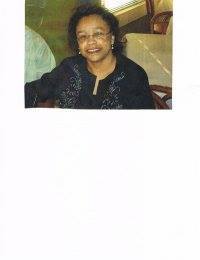To whom did Blaise Pascal dedicate his mechanical calculator?
Pascal's calculator (also known as the arithmetic machine or Pascaline) is a mechanical calculator invented by Blaise Pascal in the early 17th century. Pascal was led to develop a calculator by the laborious arithmetical calculations required by his father's work as supervisor of taxes in Rouen. He designed the machine to add and subtract two numbers directly and to perform multiplication and division through repeated addition or subtraction.
Pascal's calculator was especially successful in the design of its carry mechanism, which adds 1 to 9 on one dial, and when it changes from 9 to 0, carries 1 to the next dial. His innovation made each digit independent of the state of the others, which enabled multiple carries to rapidly cascade from one digit to another regardless of the machine's capacity. Pascal was also the first to shrink and adapt for his purpose a lantern gear, used in turret clocks and water wheels, which could resist the strength of any operator input with very little added friction.
Pascal designed the machine in 1642, and after 50 prototypes, he presented it to the public in 1645, dedicating it to Pierre Séguier, then chancellor of France. Pascal built around twenty more machines during the next decade, many of which improved on his original design. Nine Pascal calculators presently exist; most are on display in European museums.
More Info:
en.wikipedia.org








